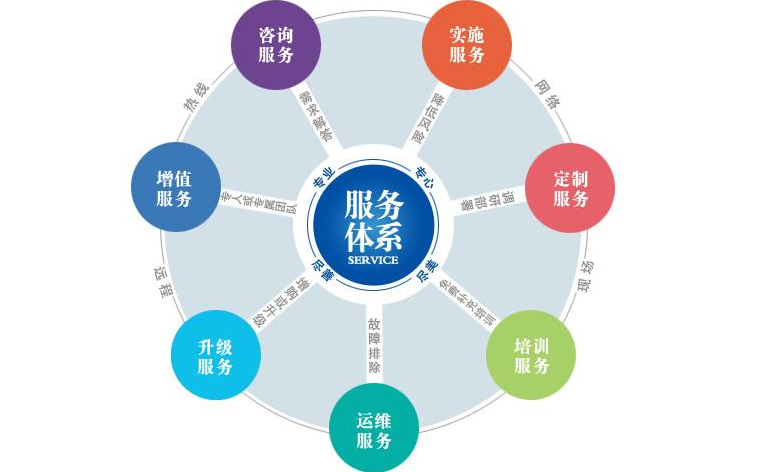This article delves into the topic of quantifying "how much" in English and investigates the various aspects and challenges associated with it. The heart of this exploration lies in understanding the different ways English expresses quantities and their nuances. By examining the intricacies of quantification, we gain a deeper understanding of the language and its usage in everyday life.

When it comes to measuring concrete quantities, English utilizes a range of units and systems. One of the most common systems is the metric system, which employs units such as grams, liters, and meters. However, the imperial system, with units like pounds, gallons, and inches, is also widely used, particularly in the United States. The choice between these systems often depends on cultural and historical factors, as well as the specific context in which the measurement is being made.

The English language also employs various modifiers and adjectives to indicate exact or approximate quantities. Terms like "exactly," "approximately," "about," and "around" allow speakers to convey a level of precision, acknowledging that some degree of estimation is involved. Additionally, adjectives such as "many," "few," "several," and "a couple of" provide a more general sense of quantity, without specifying an exact number.

Moreover, English uses comparison and superlatives to express quantity. Comparatives, such as "more" and "less," allow for relative quantification, while superlatives, like "most" and "least," highlight extremes. These linguistic tools enable speakers to convey differences in quantity effectively.

Quantifying abstract concepts in English presents unique challenges. Ideas such as time, love, and knowledge are difficult to measure precisely, as they lack a tangible form. To address this, English employs a variety of linguistic strategies.

One approach is to use metaphors and analogies. For example, time can be expressed in terms of "moments," "hours," or "years," with each unit having its own connotations. Similarly, love can be quantified using descriptors like "a little," "a lot," or "unconditionally," allowing inpiduals to comprehend and communicate abstract quantities of affection.

Additionally, English employs idiomatic expressions to quantify abstract concepts. Phrases like "a wealth of knowledge," "a sea of possibilities," or "a mountain of debt" convey a sense of scale and magnitude, despite the lack of precise measurement. By utilizing such idioms, speakers can effectively express abstract quantities in a relatable and vivid manner.

Furthermore, English utilizes numerical expressions that assign a numerical value to abstract quantities. For instance, a scale of 1-10 can be used to measure pain or happiness, with 1 representing minimal or no pain/happiness and 10 indicating extreme or maximum pain/happiness. These numerical scales provide a framework for quantifying abstract qualities and facilitating communication about subjective experiences.

The quantification of "how much" in English is heavily influenced by culture and context. Different cultures and societies have varying conceptualizations of quantities and different linguistic tools to express them.

For instance, some cultures have a stronger emphasis on precision and exact measurement, while others prioritize a more general sense of quantity. These cultural differences can be observed in the languages spoken by such societies, including their distinctions between singular and plural forms, or the presence of specific vocabulary to describe differing amounts.

Moreover, quantification can vary based on the context in which it is used. In some professional or scientific contexts, precise measurement is of utmost importance, and the usage of standardized units and numerical values is crucial. Conversely, in informal or everyday conversations, the emphasis may be more on general estimations or vague amounts.

Understanding these cultural and contextual influences is vital for effective communication and interpretation of quantities in English. It requires sensitivity and adaptability to convey the intended meaning and comprehend the nuances associated with quantification in different situations.

While English provides a wide range of linguistic tools for quantification, challenges and ambiguities still arise. One common challenge is the lack of universally agreed-upon units or measurements for certain quantities, especially in abstract domains.

Additionally, language can be inherently imprecise, leading to potential misunderstandings or misconceptions. For example, the term "a few" may have different interpretations for different inpiduals, causing discrepancies in understanding. Context, tone, and body language play crucial roles in resolving such ambiguities.

Furthermore, the usage of quantifiers can be subjective and heavily dependent on personal experiences and perspectives. What may be "a lot" for one person might be "a little" for another, leading to variations in interpretation. Sensitivity to these subjective differences is essential for effective communication and understanding.

In conclusion, exploring the heart of quantifying "how much" in English provides insights into the perse ways this concept is expressed. From measuring concrete quantities to quantifying abstract concepts, English employs a wide range of linguistic strategies, influenced by culture, context, and inpidual perspectives. Despite the challenges and ambiguities that arise, understanding the nuances of quantification in English facilitates effective communication and enhances our comprehension of the language.
By delving into the intricacies of quantification, we gain a deeper understanding of the language and its usage in everyday life. The ability to express and interpret quantities accurately is essential for effective communication and for navigating the complexities of the world around us.
标题:多少用英语怎么表示出来(Exploring the Heart of Quantifying 'How Much' in
地址:http://www.hmhjcl.com/xiyiji/114570.html

